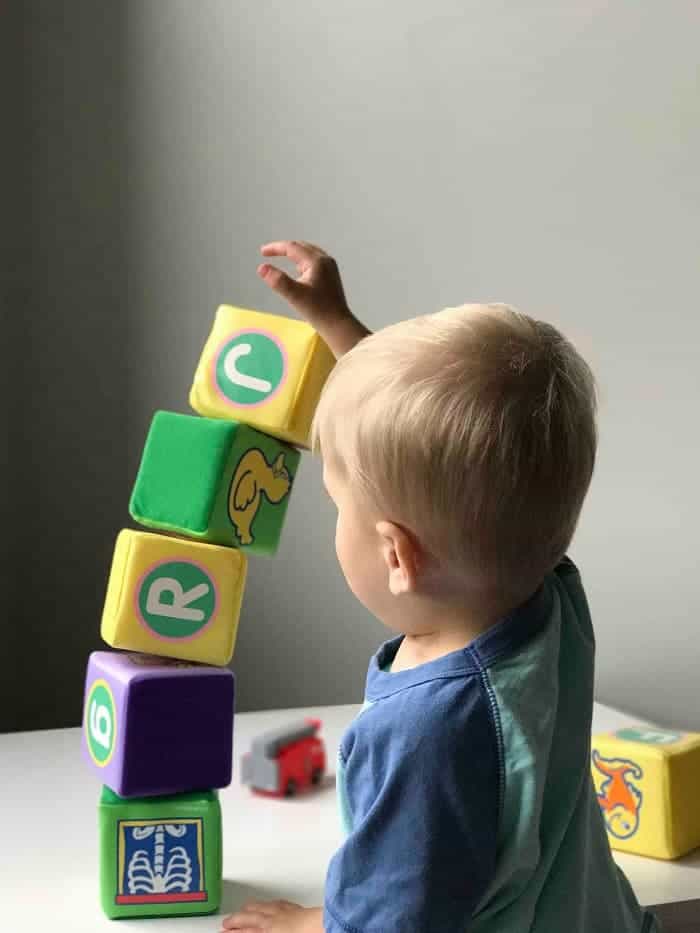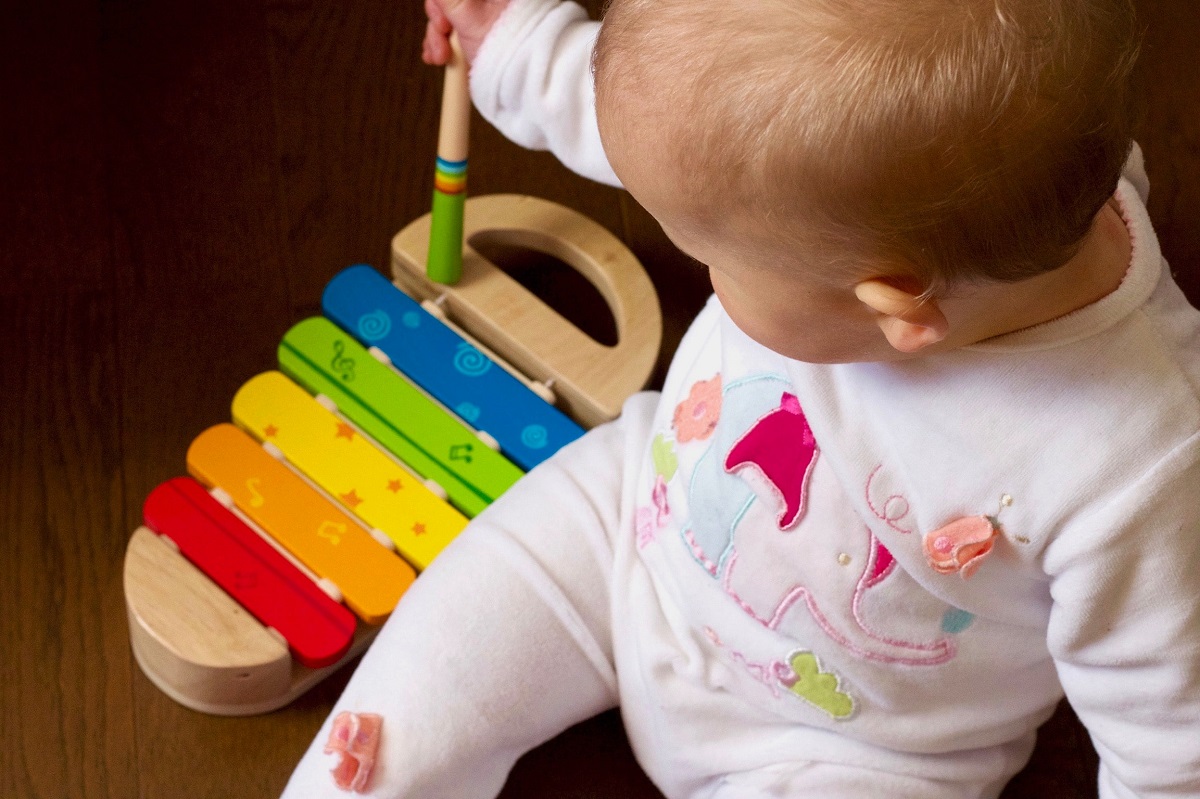The baby’s nursery is one of the first rooms for which we start to decorate and shop. We start picking out whitewashed furniture, soothing shades of blue, a crib, and more even before the baby arrives. The nursery is a room that requires a lot of thought and decision-making. There are so many decisions about the room, from the furniture to the paint to the lighting.
To ensure that you have all of the information you need before deciding what to buy for your baby’s nursery, below are 8 things to consider.
1. Color
When it comes to colors for your baby’s room, you have several options. The ideal color for a baby’s room should be soothing and restful. The colors shouldn’t be bright and should be a neutral shade like blue or beige. These colors project a peaceful feeling and help develop your baby’s eyesight. You will not want too glaring colors, but it is also important not to paint walls with too much contrast because this can cause eye strain in growing babies. The colors in your baby’s nursery should also match colors in any other areas of the home with which it shares a wall or that can be easily viewed from it.
2. Babies will get sick
Whether you plan to stay at home with your baby or send them off to daycare, your baby will likely get sick. To make it easier for you, try to set up an entire baby first aid kit in a discreet place like your pantry or under your bathroom sink. In it, you should have everything from bulb syringes for suctioning mucus, zinc oxide for diaper rash, acetaminophen or ibuprofen for pain relief, and a thermometer so you can always tell if your baby has a fever. It is good to have one of each item and rotate through them so they do not expire as quickly. The baby also needs a variety of pacifiers and teething rings, which can be stored neatly in a dissection cup with a lid, so you always know where they are, and they do not go missing.
3. Consider your style.

From the moment we dream about being new parents we think about how unique we want our children to be. If your boy or girl has one of these unique French baby names you want to make sure that the style of their nursery matches the grace and elegance of their name. If you already have a general idea of what styles you like, think about how each one will translate into a nursery. For example, if you like a classic look, will it be too formal with the robin’s egg blue walls, or will it be too plain with the solid white walls? For other people with a knack for interior design and decorating, you may want to consider using bold colors and patterns to make a lasting impression.
Bonus point: Mix it up. Neutral cribs are a classic way to start your baby’s bedroom. Cribs that feature simple, streamlined lines and neutral colors like white, black, or gray are usually less expensive and easier to clean.
4. Don’t Shop with Your Eyes.
Before you go shopping, the first thing to do is list everything you’re looking for. If you don’t have a plan for what you need, it can be easy to get sidetracked by adorable decorations or other attractive items. Organize your list by the department to jump from store to store and get everything on your list in one place when you go shopping.
5. Shop in season
The saying “shop in season” is a mantra that many have learned. It’s simply the strategy of buying items when they are in season. So what does that mean? Red apples in the fall, Lewis nursery art and other home decors in the spring, etc. Shoppers will also find cheaper curtains just before the summer months as retailers begin to rotate out of their summer styles. For example, it’s also true that some winter items such as hand warmers and scarves will be cheaper in January than they were before Thanksgiving.
6. Consider safety and accessibility.
As you plan for your new arrival, consider safety and accessibility. The most important part of a nursery is safe sleeping space for your baby. Your room should have a firm, tightly fitting mattress and low child-proofed furniture. Avoid covering the mattress with bumper pads and blankets, which can be suffocation hazards. Place your baby’s crib or bassinet away from cords and drapes that could strangle them. Keep your baby’s crib out of direct sunlight and away from heaters and air vents that could cause burns or strangulation.
7. Space Savers
While it might be tempting to buy as much furniture as possible for your baby’s room, you’ll likely get more bang for your buck if you stick with bare essentials and then choose a few statement pieces to fill things out. Instead of purchasing a crib, dresser, glider, rocking chair, and changing table, ask yourself what a baby needs and shop accordingly. For example, you may decide that a bassinet is all the extra bedroom space you want to dedicate to the first few months. If so, skip the crib, dresser, and changing table and go for a bassinet, diaper stacker, and a few throws or pillows to give your space that cozy feel.
8. Location
Location, Location. Where you place it, the crib goes a long way towards creating a functional space; at the same time, it’s beautiful. Consider your traffic flow, your entryway, and how often you’ll need to move things back and forth. If you’re short on space and can only have one or two pieces of furniture, an open-air crib is an obvious way to go. If you have an ample space that can accommodate many pieces of furniture and are looking for a centerpiece for your nursery, choose a crib with beautiful bedding visible from all angles.
9. Consider your budget. A nursery can be expensive, but there are plenty of ways to save money. The most significant investment you’ll need to make is the crib. It can be a pricey purchase if it’s made of natural wood, not cheap MDF. Investing in real wood means that the crib will last for years, and you’ll hopefully have one less thing to worry about after your little one has grown up and out of the crib.











